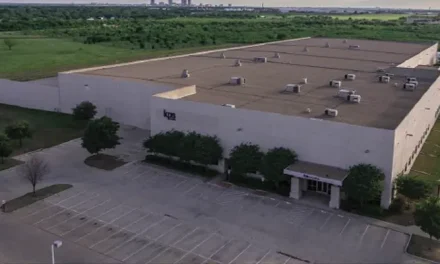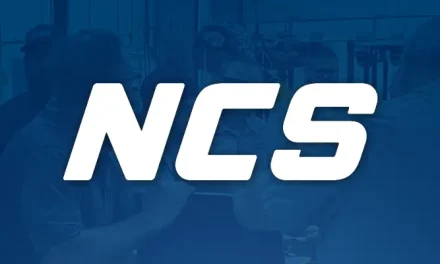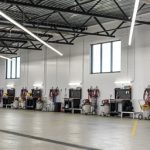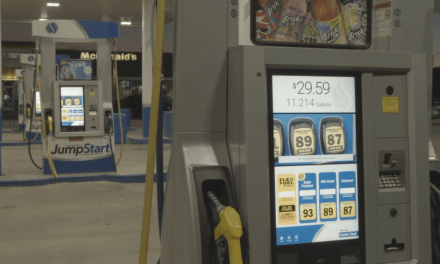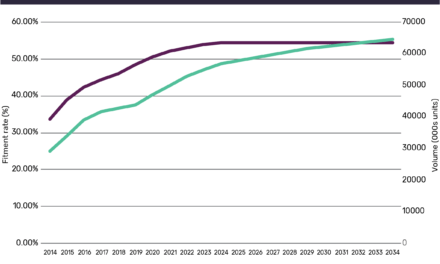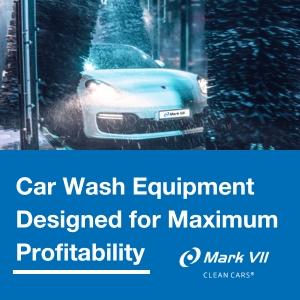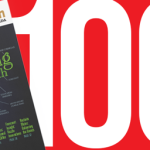
Three questions to ask before buying your next fuel nozzle
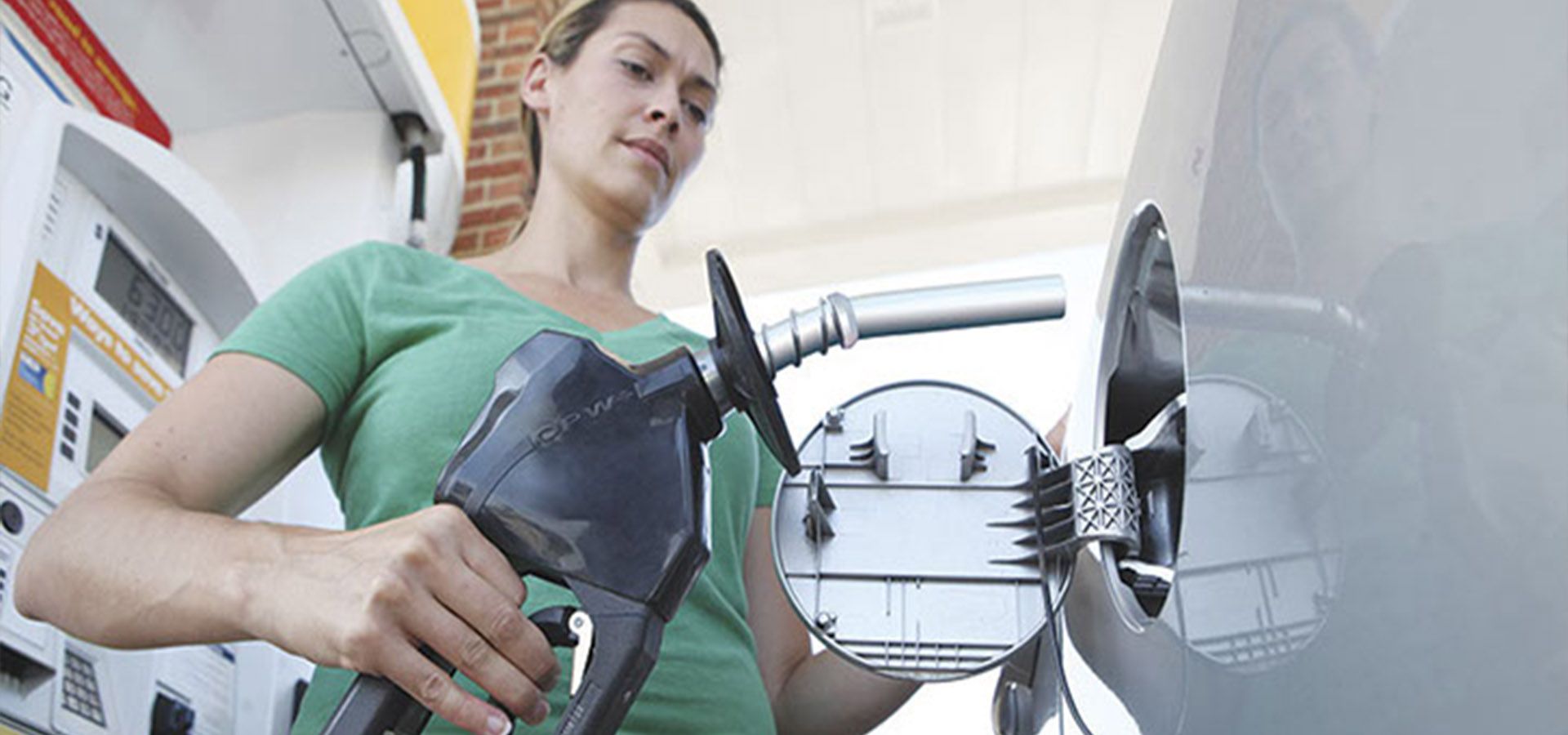
Three questions to ask before buying your next fuel nozzle
by: Ed Kammerer
Any successful retail or commercial fueling system requires a number of unique components to work in harmony.
Most of these components – from underground storage tanks and containment systems to shear valves and spill containers – will never actually be seen by drivers, no matter how many thousands of times they pull up to a fuel dispenser during their lifetimes.
The one component, though, that the driver will develop an intimate relationship with is the fuel nozzle. This piece of equipment – which has rightly been called the welcoming “handshake” between the driver and the fuel-site operator – possesses the potential to make or break the driver/operator relationship. Ill-performing and leaky nozzles are a turnoff (not to mention a safety hazard) and may prompt the driver to look for another fueling location.
Therefore, it is imperative that the fuel-site operator outfits his dispensers with nozzles that work reliably, are the correct nozzle for that application and don’t put that delicate relationship with the driver at risk. To ensure that the best nozzles are being used, the operator should ask three questions before committing to a certain brand or type of fuel nozzle.
1. Is the nozzle compatible with the fuel (or liquid) being dispensed?
The days when fuel retailers offered only leaded gasoline and diesel are ancient history. Today, the motor fuels and liquids that are offered at the pump are a veritable smorgasbord of types and formulations. In addition to the customary three grades of octane for unleaded gasoline, most sites also feature a diesel option. While most unleaded fuel contains 10 per cent ethanol, more and more vehicles are being designed to operate on higher ethanol concentrations. This now prompts marketers to carry multiple concentrations of ethanol at their fuel dispensers. Also, the various types of biodiesel that are available can come from many different types of feedstocks and percentage blends, all of which can raise compatible concerns for the nozzle.
Finally, within the past five years, Diesel Exhaust Fluid (DEF) has entered the fueling marketplace. Though DEF is a fluid that is used to treat diesel exhaust and not strictly a fuel, it is dispensed into a storage tank on the diesel-powered truck through a fueling-style nozzle. DEF is incompatible with a number of metals that are commonly used in nozzle construction, such as aluminum, carbon steel, iron, nickel and zinc.
Only nozzle manufacturers know what materials are used to make their products, and the nozzles should be tested both internally and by a third-party testing service to determine their compatibility before being made available to the market. The manufacturers should also be prepared to offer the operator the appropriate documentation, if requested.
Outside sources that can be helpful in this area include the Handbook for Handling, Storing and Dispensing E85 and Other Ethanol-Gasoline Blends, the E15 Retailer Handbook, Canada Renewable Fuel Regulations and Questions & Answers on the Federal Renewable Fuel Regulations.
2. Is the nozzle approved or certified for the application in which it will be used?
Fuel-site operators must be aware if the nozzles they choose have a third-party certification from Underwriters’ Laboratories (UL)/Underwriters’ Laboratories Canada (ULc) that allows them to be used in the chosen application. Both UL and ULc have online directories where manufacturer certifications can be found. The databases are not linked, and since UL can test and certify a product to ULc standards, it is important to look in both directories. The marketer should also look on the product himself. The UL/ULc marking should be clearly visible on the product.
Nozzle manufacturers are required to provide, if requested, a certificate of conformance from a third-party testing company. This certificate will list the test standard that has been met and the fuel(s) with which the nozzle is approved for use. This applies for all retail and commercial/industrial fueling applications. So, whether the fueling site is designed to fuel passenger vehicles, delivery trucks, buses, boats, truck trailers or bulk tanks, the nozzle must be approved for the specific application.
This also means that the fuel-site operator must stay abreast of any changes in UL/ULc listings and certifications. For example, ULc doesn’t have an E25 certification yet, but one is currently being drafted. In a scenario such as this, the operator should request a letter of compatibility from the manufacturer until official ULc certification is available.
3. Is the nozzle authenticate from the manufacturer?
In bygone days, bootleg rebuilders would take old or broken nozzles and recondition them before selling them as original equipment from the manufacturer. Today’s threat in this area comes from overseas manufacturers who are adept at producing knock-off versions of accepted brands and selling them as originals. They will even reproduce exact replicas of the nozzle’s shipping boxes and operation instructions and manuals.
To combat this, UL and ULc maintain a list of approved manufacturing locations (which is not publicly available), all of which are audited quarterly as a way to verify that the manufacturer is performing the required testing procedures. Any nozzle that has been built, rebuilt or modified at a location that is not listed by UL or ULc will not be certified.
There are also ways that fuel-site operators can confirm their nozzles are from OEMs and not counterfeit:
- Branding on the guard
- Branding on the casting
- Branding on the hand insulator
- Branding on the hardware used during assembly
- Product serial numbers that can be authenticated on the Returned Goods Authorization (RGA) website
In the end, the key to purchasing fuel nozzles is performing the due diligence that will help ensure that the nozzles used answer the three questions posed above. Only then will the fuel-site operator feel confident that the critical “handshake” between the customer and the nozzle doesn’t become a wave goodbye.

